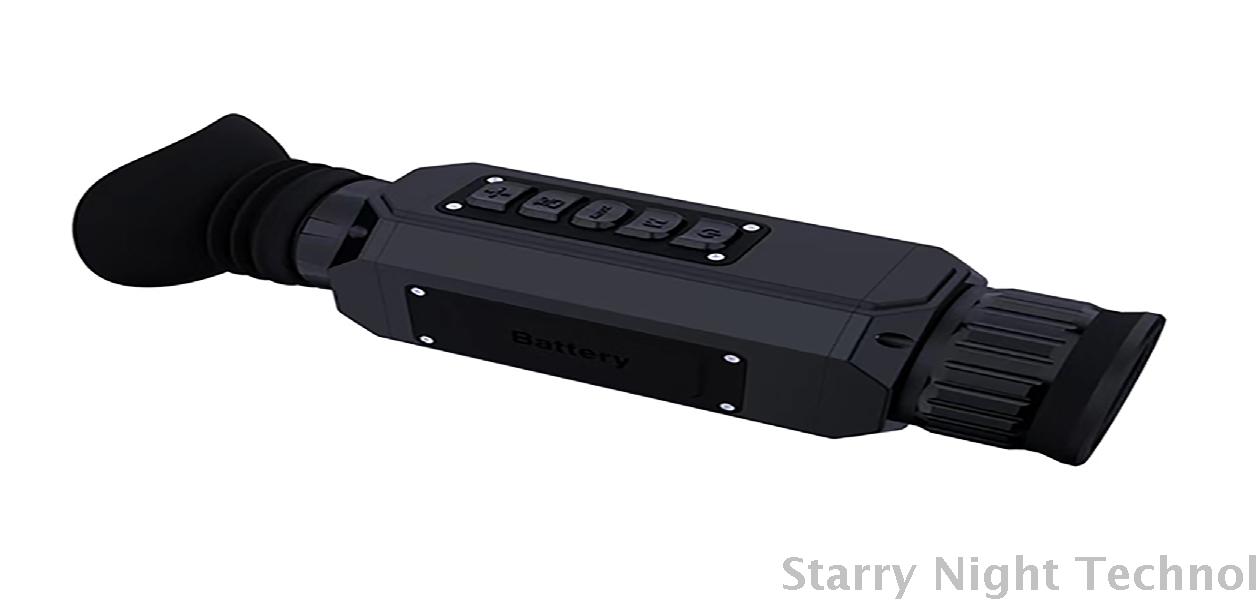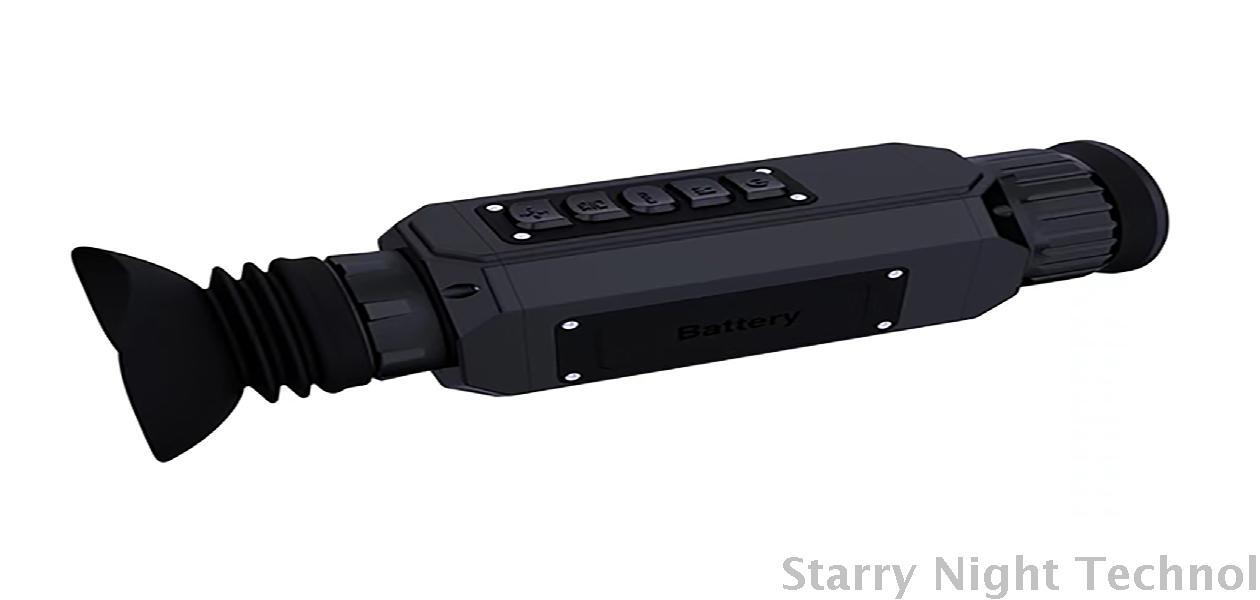Night Vision Technology in Firefighting Operations
1757296819000

The world of firefighting has always been infused with innovation, constantly evolving to meet the demands of increasingly complex fire scenarios. Among the various advancements that have significantly transformed firefighting operations, night vision technology stands out as a game-changer. It not only enhances firefighters' safety but also improves their operational effectiveness during nighttime or low-light conditions.
#### Understanding Night Vision Technology
Night vision technology primarily refers to devices that allow for visibility in dark or low-visibility situations by amplifying ambient light or utilizing infrared technology. Traditional night vision devices use image intensification to amplify existing light sources, while newer thermal imaging systems detect heat emissions from objects and living beings.
In the context of firefighting, this technology is crucial because fires often occur at night when visibility is severely limited due to darkness and smoke. First responders face additional challenges such as poor navigability and reduced situational awareness. Thus, integrating night vision technology into firefighting gear proves essential for enhancing efficiency and ensuring optimal outcomes in emergency situations.
#### Benefits of Night Vision in Firefighting
1. **Enhanced Situational Awareness**: One of the most significant benefits of night vision technology is that it provides real-time information about the environment. With enhanced sightlines, firefighters can better gauge the extent of the fire, locate victims trapped amidst the chaos, and survey potential hazards like structural instabilities or spreading flames.
2. **Improved Safety Measures**: Night vision tech helps mitigate risks associated with firefighting. For instance, firefighters equipped with these devices are less likely to get lost in unfamiliar territories; they can see dangers that would otherwise remain hidden until too late. This critical element of safety reduces injuries and saves lives during rescue operations.
3. **Efficient Search and Rescue Operations**: In search-and-rescue missions, especially after natural disasters or building collapses, locating individuals may become exceedingly difficult under low-light conditions. Night vision goggles facilitate successful rescues by making it easier for teams to identify movement, recognize body heat, and navigate safely through debris-laden environments.
4. **Tactical Precision**: Coordinating efforts among multiple units during major incidents requires tactical precision. Night vision capabilities enhance communication between ground crews and command centers, allowing authorized personnel to make informed decisions based on visual data captured by field operatives. Tactical teams can maneuver more effectively through chaotic scenes, reducing reaction times and increasing mission success rates.
 #### Applications in Practice
#### Applications in PracticeNumerous firefighting departments across the globe have adopted night vision devices as part of their arsenal. These devices typically manifest as portable handheld equipment, helmet-mounted visors, or integrated within larger drone platforms.
In urban areas, where dense structure arrangements complicate manual searches, drones using thermal imaging cameras scan buildings from above, assisting ground teams in assessing hotspots indicating fire presence or survivor locations. On the ground level, firefighters employing night vision goggles can assess surrounding conditions, communicating vital observations back to incident commanders efficiently.
Furthermore, training regimens for firefighter recruits now incorporate simulations that include night vision exercises, emphasizing real-world application to build familiarity with the technology before engaging in actual operations.
#### Challenges and Limitations
Despite substantial advantages, there are some obstacles to be aware of. Night vision technology can carry significant costs—both in terms of purchasing advanced equipment and incorporating them into budgets along with ongoing training needs. Recruitment of specialized personnel who understand how best to deploy and utilize this sophisticated technology adds another layer of expense.
Moreover, adverse weather conditions, such as heavy rain or fog, can impair the viability of specific night vision components, possibly leading firefighters relying solely on these devices to overlook crucial environmental indicators. Therefore, it's vital that night vision systems complement traditional tools instead of replacing them entirely.
#### The Future of Night Vision Technology in Firefighting
As technology continues to evolve, advancements stand poised to further revolutionize how firefighters operate in restricted visibility scenarios. Emerging technologies, including augmented reality (AR) overlays combined with night vision optics, hold promise for providing contextual information about surroundings—a potential leap towards comprehensive 360-degree situational awareness. Predictive analytics and machine learning paired with AI-driven systems can analyze heating trends in algorithms guided by historical fire data, recommending optimized approaches tailored to specific characteristics of each new situation.
In conclusion, night vision technology represents a pivotal advancement in firefighting operations, transforming the way first responders address dangerous situations under challenging conditions. As we move forward, continued investment in this technology will undoubtedly improve public safety, protect frontline workers, and ultimately aid in achieving the fundamental goal of preserving life and property in emergencies.
What should be selected for night vision devicesStarry Night Technol

